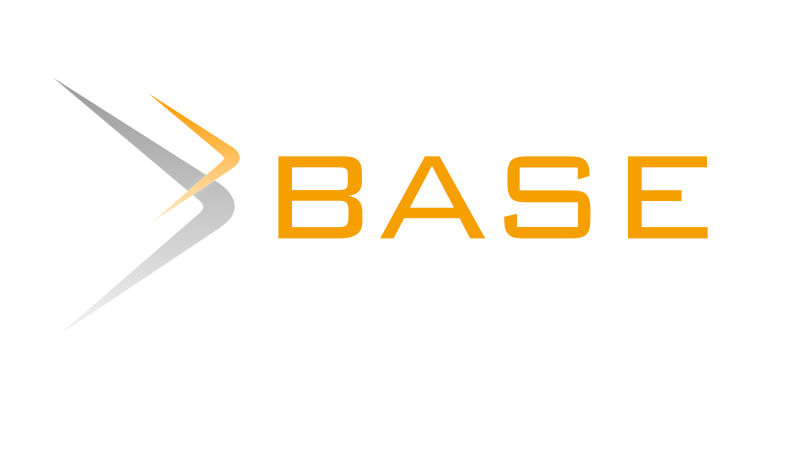International Journal of Contemporary Research In Multidisciplinary, 2025;4(5):331-334
Type III Paraesophageal Hernia with Gastric Volvulus Following Laparoscopic Fundoplication with Intrarectal Mesh Migration After Laparoscopic Mesh Rectopexy in The Same Patient
Author Name: Dr. Manju Singh; Dr. Amit Agrawal; Dr. Abhijeet Bhattacharya; Dr. Pooja Jain;
Paper Type: case report
Article Information
Abstract:
Background: Complete rectal prolapse represents a full-thickness circumferential descent of the rectal wall through the anal orifice. Laparoscopic mesh rectopexy is an effective surgical technique, but mesh-related complications such as erosion, obstruction, and migration, though rare, can have serious consequences. Likewise, paraesophageal herniation with gastric volvulus is a recognized but uncommon complication following laparoscopic Nissen fundoplication.
Case Presentation: A 30-year-old male presented with abdominal pain, vomiting, constipation, and incomplete evacuation. He had undergone laparoscopic mesh rectopexy 10 years prior and laparoscopic fundoplication for GERD one year earlier. Imaging revealed a type 3 paraesophageal hernia with organoaxial gastric volvulus and intrarectal mesh migration. The patient underwent open paraesophageal hernia repair with mesh hernioplasty and transanal mesh removal.
Outcome: Postoperative recovery was uneventful, and the patient was discharged on the seventh day with complete symptom resolution.
Discussion: Mesh migration following laparoscopic rectopexy, although rare, is a serious complication more commonly associated with synthetic meshes. Similarly, paraesophageal herniation and gastric volvulus may occur after fundoplication due to anatomical and procedural factors. Early recognition and prompt surgical management are essential for optimal outcomes.
Conclusion: This case underscores the importance of long-term follow-up after mesh rectopexy and vigilance for delayed mesh migration. Additionally, clinicians should maintain high suspicion for paraesophageal hernia and gastric volvulus in post-fundoplication patients presenting with upper gastrointestinal symptoms.
Keywords:
Rectal prolapse, Mesh migration, Rectopexy, Paraesophageal hernia, Gastric volvulus, Fundoplication complications
How to Cite this Article:
Dr. Manju Singh,Dr. Amit Agrawal,Dr. Abhijeet Bhattacharya,Dr. Pooja Jain. Type III Paraesophageal Hernia with Gastric Volvulus Following Laparoscopic Fundoplication with Intrarectal Mesh Migration After Laparoscopic Mesh Rectopexy in The Same Patient. International Journal of Contemporary Research in Multidisciplinary. 2025: 4(5):331-334
Download PDF


